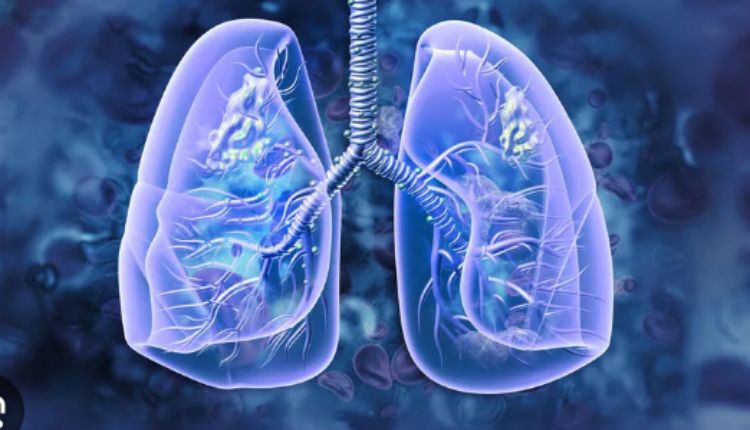Imagine a world where the secrets of the human lungs are an open book – where breathlessness and persistent coughs are relics of the past. Welcome to the realm of pulmonology and respiratory care, a field spurred on by innovation, persistence, and the thirst for knowledge. The latest advances in this sphere are nothing short of astonishing, paving the way for more effective treatments and improved patient outcomes. Among these promising innovations is the revolutionary Bridgewater pulmonary function test, a game-changer in diagnosing and monitoring various lung conditions. This blog aims to shed light on how these breakthroughs are shaping the future of respiratory care.
The Revolution of Pulmonary Function Tests
Before diving into the wonders of the ‘Bridgewater pulmonary function test’, it’s helpful to understand the basics. Pulmonary function tests are used to measure how well our lungs work. This includes how efficiently we can breathe in and out, how well our lungs move gases like oxygen from the atmosphere into the body’s circulation, and how strong our breathing muscles are.
The Bridgewater Pulmonary Function Test: A Leap Forward
Traditionally, these tests were intricate and time-consuming, but the ‘Bridgewater pulmonary function test’ is redefining this process. It’s simpler, quicker, and much more accurate, making it a preferred choice for many health practitioners. It provides detailed information about the lung condition, enabling doctors to tailor treatments to the specific needs of the patient. The test has proven to be especially useful in diagnosing conditions such as asthma, bronchitis, and emphysema.
Other Noteworthy Advances in Pulmonology
While the ‘Bridgewater pulmonary function test’ is an exciting development, it’s not the only one. Here are a few other significant advances in the field:
- Development of new medication delivery systems, like smart inhalers, which can track usage, provide feedback, and send reminders to patients.
- Introduction of bronchial thermoplasty, a non-drug procedure for severe asthma. It uses thermal energy to reduce the excessive smooth muscle in the airway, decreasing asthma attacks.
- Enhanced use of telemedicine for remote patient monitoring, allowing patients to receive care from the comfort of their homes.
Looking Ahead: The Future of Pulmonology
The future of pulmonology and respiratory care looks bright, thanks to these advances. The advent of the ‘Bridgewater pulmonary function test’ and similar innovations promise better diagnosis, improved patient care, and hopefully, a world where respiratory ailments are a thing of the past. As we continue to explore the mysteries of the human lungs, we can look forward to even more breakthroughs in the years to come.
